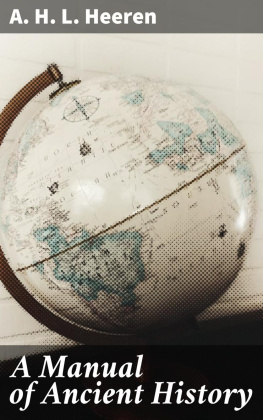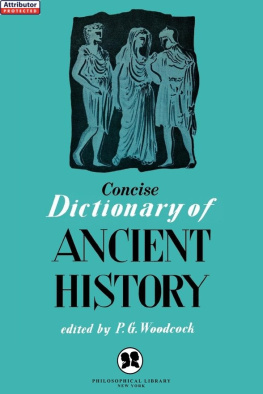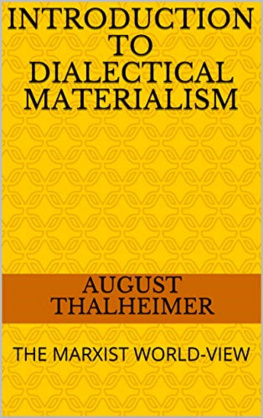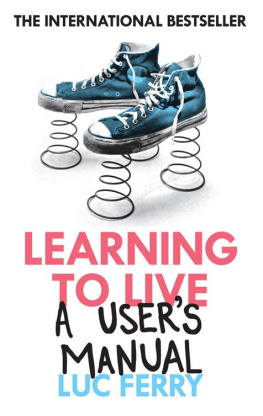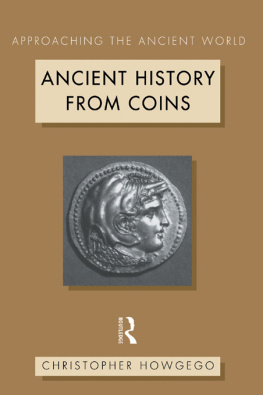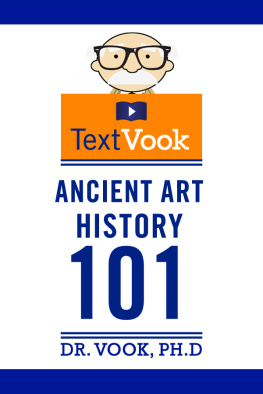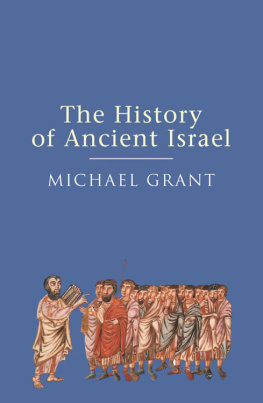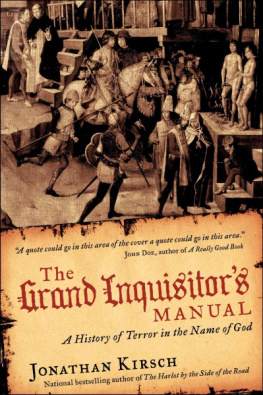INTRODUCTION.
Table of Contents
SOURCES AND DIVISIONS OF HISTORY.
Table of Contents
The former inhabitants of our world are known to us by three kinds of evidence: (1) Written Records; (2) Architectural Monuments; (3) Fragmentary Remains.
Of these the first alone can be considered as true sources of History, though the latter afford its most interesting and valuable illustrations. Several races of men have disappeared from the globe, leaving no records inscribed either upon stone or parchment. Their existence and character can only be inferred from fragments of their weapons, ornaments, and household utensils found in their tombs or among the ruins of their habitations. Such were the Lake-dwellers of Switzerland, and the unknown authors of the shell-mounds of Denmark and India, the tumuli of Britain, and the earthworks of the Mississippi Valley.
The magnificent temples and palaces of Egypt, Assyria, and India have only afforded materials of history since the patient diligence of oriental scholars has succeeded in deciphering the inscriptions which they bear. Within a few years they have added immeasurably to our knowledge of primeval times, and explained in a wonderful manner the brief allusions of the Bible.
The oldest existing books are the Hebrew Scriptures, which alone a tower whose top may reach unto heaven, and their consequent dispersion. The Bible lays the foundation of all subsequent history by sketching the division of the human race into its three great families, and describing their earliest migrations.
The family of Shem , which was appointed to guard the true primeval faith, remained near the original home in south-western Asia. Of the descendants of Ham , a part settled in the valleys of the Tigris and Euphrates, and built the great cities of Nineveh and Babylon; while the rest spread along the eastern and southern shores of the Mediterranean, and became the founders of the Egyptian Empire. The children of Japheth constituted the Indo-Germanic, or Aryan race, which was divided into two great branches. One, moving eastward, settled the table-lands of Iran and the fertile valleys of northern India; the other, traveling westward along the Euxine and Propontis, occupied the islands of the gean Sea, and the peninsulas of Greece and Italy. By successive migrations they overspread all Europe.
Our First Book treats of the Hamitic and Semitic empires. With the rise of the Medo-Persian monarchy, the Aryan race came upon the scene, and it has ever since occupied the largest place in History. The Hamitic nations were distinguished by their material grandeur, as exemplified by the enormous masses of stone employed in their architecture, and even in their sculpture; the Semitic, by their religious enthusiasm; the Indo-Germanic, by their intellectual activity, as exhibited in the highest forms of art, literature, and political organization.
History is divided into three great portions or periods: Ancient, Medival, and Modern.
Ancient History narrates the succession of empires which ruled Asia, Africa, and Europe, until the Roman dominion in Italy was overthrown by northern barbarians, AD 476.
Medival History begins with the establishment of a German kingdom in Gaul, and ends with the close of the fifteenth century, when the revival of ancient learning, the multiplication of printed books, and the expansion of ideas by the discovery of a new continent, occasioned great mental activity, and led to the Modern Era, in which we live.
Ancient History may be divided into five books:
| I. | History of the Asiatic and African nations, from the earliest times to the foundation of the Persian Empire, | BC 558. |
| II. | History of the Persian Empire, from the accession of Cyrus the Great to the death of Darius Codomannus, | BC 558330. |
| III. | History of the States and Colonies of Greece, from their earliest period to the accession of Alexander of Macedon, | BC 336. |
| IV. | History of the Macedonian Empire, and the kingdoms formed from it, until their conquest by the Romans. |
| V. | History of Rome from its foundation to the fall of the Western Empire, | A. D. 476. |
In the study of events, the two circumstances of time and place constantly demand our attention. Accordingly, Chronology and Geography have been called the two eyes of History. It is only by the use of both that we can gain a complete and life-like impression of events.
For the want of the former, a large portion of the life of man upon the globe can be but imperfectly known. There is no detailed record of the ages that preceded the Deluge and Dispersion; and even after those great crises, long periods are covered only by vague traditions. We have no complete chronology for the Hebrews before the building of Solomons Temple, BC 1004; for the Babylonians before Nabonassar, BC 748; or for the Greeks before the first Olympiad, BC 776. When its system of computation was settled, each nation selected its own era from which to date events; but we reduce all to our common reckoning of time before and after the Birth of Christ.
The study of Geography is more intimately connected with that of History than may at first appear. The growth and character of nations are greatly influenced, if not determined, by soil and climate, the position of mountains, and the course of rivers.
BOOK I.
Nations of Asia and Africa from the Dispersion at Babel to the Foundation of the Persian Empire.
BC (about) 2700558.
Table of Contents
PART I. ASIATIC NATIONS.
Table of Contents
VIEW OF THE GEOGRAPHY OF ASIA.
Asia , the largest division of the Eastern Hemisphere, possesses the greatest variety of soil, climate, and products. Its central and principal portion is a vast table-land, surrounded by the highest mountain chains in the world, on whose northern, eastern, and southern inclinations great rivers have their rise. Of these, the best known to the ancients were the Tigris and Euphrates, the Indus, Etymander, Arius, Oxus, Jaxartes, and Jordan.
Northern Asia , north of the great table-land and the Altai range, is a low, grassy plain, destitute of trees, and unproductive, but intersected by many rivers abounding in fish. It was known to the Greeks under the general name of Scythia. From the most ancient times to the present, it has been inhabited by wandering tribes, who subsisted mainly upon the milk and flesh of their animals.




